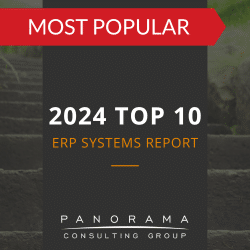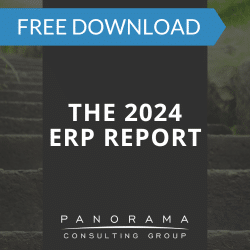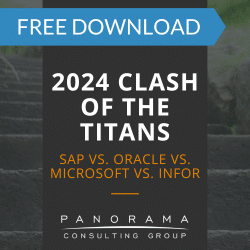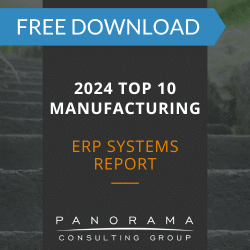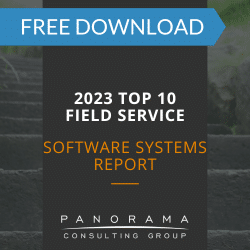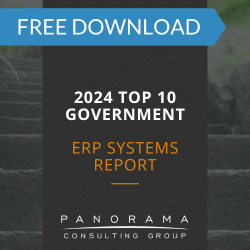With the rapid pace of digital change in the HR sector, companies must thoroughly understand the variety of HR solutions available to them.
Three options that many organizations consider include HRIS, HCM, and HRMS. Today, we’re breaking down the meaning behind these acronyms and detailing potential use cases.
What is HRIS?
HRIS stands for human resources information system. This software consolidates core HR functions into a single system, helping organizations manage employee information, payroll, benefits administration, and more.
In the construction industry, for instance, HRIS systems can be pivotal in managing a highly mobile workforce. Organizations can use this software to ensure compliance with safety certifications and track labor hours across projects.
Today, advanced analytics and artificial intelligence (AI) are enhancing HRIS capabilities. HR managers can now make decisions based on data-driven predictions about employee turnover rates, engagement levels, and more.
In an era where data drives decisions, the ability of HRIS to provide comprehensive insights into employee trends and behaviors becomes invaluable. From tracking employee life cycles to automating routine tasks, HRIS plays a pivotal role in enhancing HR efficiency.
2024 Clash of the Titans
SAP, Oracle, Microsoft, and Infor each have a variety of systems that can support data-driven decision making. We surveyed customers of these four vendors to find out what their selection and implementation process was like.
What is HCM?
An HCM system, or human capital management system, goes beyond administrative tasks, enabling organizations to manage and develop the workforce as a whole.
HCM systems are at the forefront of fostering a culture of continuous improvement and engagement within organizations. They act as a catalyst for developing talent and aligning employee goals with corporate strategy.
A healthcare organization, for instance, might leverage an HCM system to align staff skills with patient needs or provide ongoing professional development for medical staff.
Modern HCM software incorporates AI-driven analytics, which provides deeper insights into workforce trends and individual employee performance. Additionally, AI enables organizations to create personalized employee development plans, enhancing overall engagement and productivity.
What is HRMS?
Human resource management systems (HRMS) incorporate the functionalities of both HRIS and HCM, with additional capabilities in workforce planning and HR management.
In the manufacturing sector, an HRMS might be used to forecast labor needs for production lines or monitor compliance with safety training.
The versatility of HRMS lies in its comprehensive approach to HR management, encompassing everything from recruitment to retirement. The integration of AI within HRMS further streamlines these processes. Organizations can more efficiently screen candidates while managing the employee lifecycle through predictive analytics.
(Learn about best practices for AI implementation.)
Tips for Deciding Between HRIS, HCM, and HRMS
The decision to implement an HRIS, HCM, or HRMS platform is a significant one. Organizations must approach the selection process with a clear understanding of their current requirements and future needs. Following are some expert tips for navigating this decision:
1. Conduct a Comprehensive Needs Assessment
Conduct a thorough audit of your current HR capabilities to identify inefficiencies. This involves evaluating existing HR software and processes and determining how well they meet current needs.
Then, consider your organizational goals. Whether your goals relate to growth, efficiency, or compliance, the chosen HR technology should support these objectives.
Our ERP software consultants frequently help companies identify pain points, such as recruitment inefficiencies and payroll discrepancies. Based on these needs, we help them find technologies that not only address these issues but support strategic goals, like enhancing employee experience.
2. Facilitate Stakeholder Engagement and Collaboration
Effective communication among stakeholders is essential for aligning expectations and ensuring the chosen system meets the needs of all departments.
We recommend engaging a cross-functional team in the selection process, including HR professionals, IT staff, executives, and representatives from all departments who will interact with the HR system.
These stakeholders should participate in requirements gathering, software demo scoring, pilot testing, and more.
3. Don’t Forget Future-Proofing
Consider not only the software’s current capabilities but also its potential for scalability, ongoing updates, and integration with emerging technologies.
For instance, a platform that easily integrates with AI for predictive analytics or offers add-ons for growing HR functions can provide long-term value.
In addition, you should evaluate the vendor’s track record for innovation and customer support, ensuring they can adapt to the ever-evolving HR landscape. Look for vendors that offer cloud services, mobile accessibility, and a strong cybersecurity framework.
Optimize Your HR Approach With Enterprise Software
If you haven’t already automated your HR efforts, then the time may soon come when you’ll be required to. Whether you implement an ERP system with human resources functionality or some type of dedicated HR system, making the move sooner rather than later will help you remain competitive.
In the debate between HRIS vs HCM vs HRMS there’s no clear winner. Rather, the best solution will be the one that solves your HR pain points and equips you for an uncertain future.
To learn more about these platforms and how they can benefit your organization, contact our ERP consultants below for a free consultation.







